A handful of barcode scanning apps have popped up in Canada to help customers avoid American products in grocery stores.
Some consumers in Canada are looking to buy locally-made products as a way to boycott items coming from the United States.
Well, now there are half a dozen apps, all developed within the last few weeks, that will tell them.
A search for "Buy Canadian" on Apple iOS or Google Play app stores brings up a list of red-and-white options including Buy Beaver; Is this Canadian?; Maple Scan: Buy Canadian; Shop Canadian; Canly-Buy Canadian; Is it Canadian?; and Check the Label.
The apps come amid a souring relationship with the US due to President Donald Trump’ssweeping 25 per cent tariffs that he will put on all Canadian goods starting March 1, excluding energy, which will see a 10 per cent tariff.
The apps allow users to scan everyday products to determine whether the product is Canadian or has Canadian ties.
How do 'Buy Canadian' apps work?
The apps use different solutions to get that information.
Buy Beaver, a Montreal-made "community-driven platform" where users rate products on a scale from one to five based on how Canadian they are, has consistently ranked among the top five free shopping apps for iPad on Apple iOS, according to app analytics company Sensor Tower.
Other apps like Is This Canadian? use artificial intelligence (AI) to analyse the photos taken with the app to give users a breakdown of what they’re buying.
Maple Scan provides the company’s history and parent company and marks whether a specific good will be impacted by the impending American tariffs.
If they determine a product isn't Canadian, the apps offer a list of "Canadian alternatives" to shop instead.
Canadian Prime Minister Justin Trudeau had announced a two-part set of tariffs against American products before the US postponed its tariff implementation to March 1st.
In this initial plan, Canada ordered an immediate 25 per cent tariff on 30 billion Canadian dollars (€20.15 billion) worth of goods, like beverages, cosmetics, and paper products.
A second list of tariffed goods that was supposed to be released was estimated to be worth 125 billion Canadian dollars (€84 billion).

 1 month ago
28
1 month ago
28
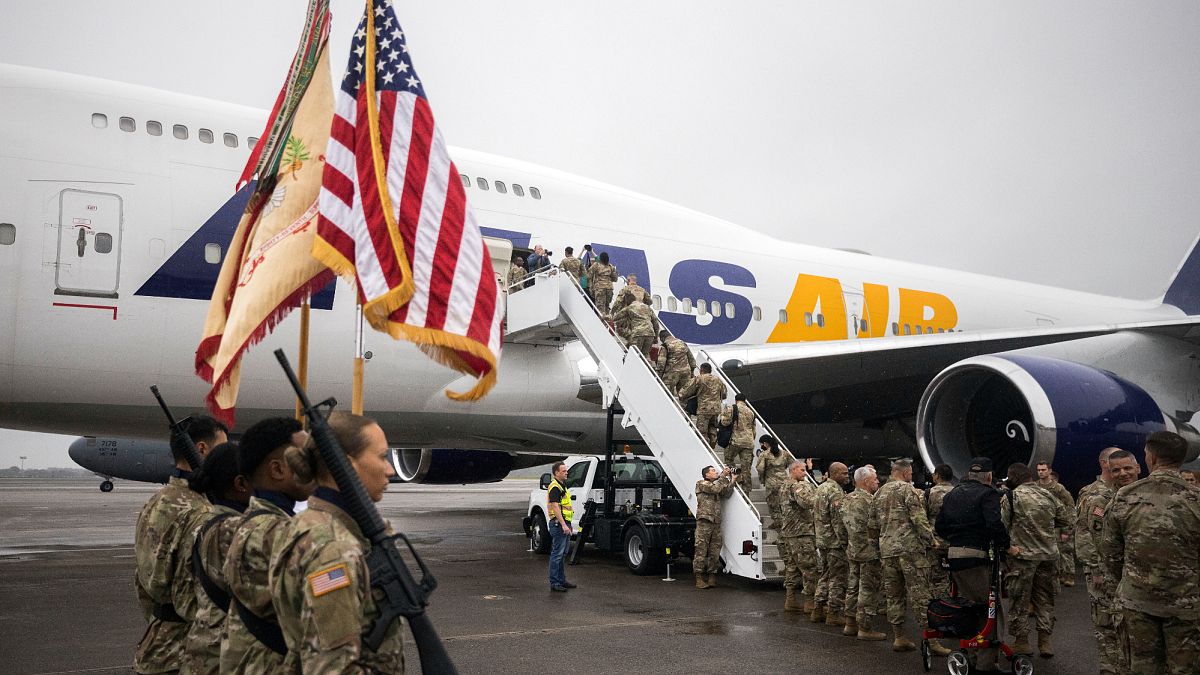
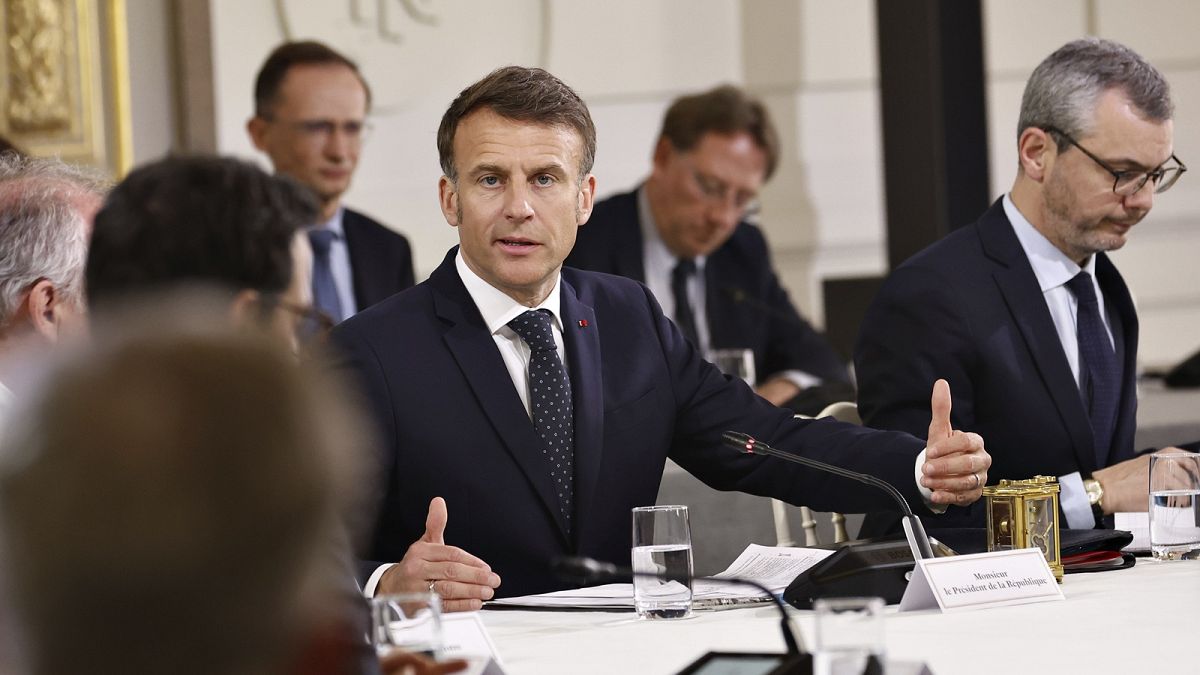
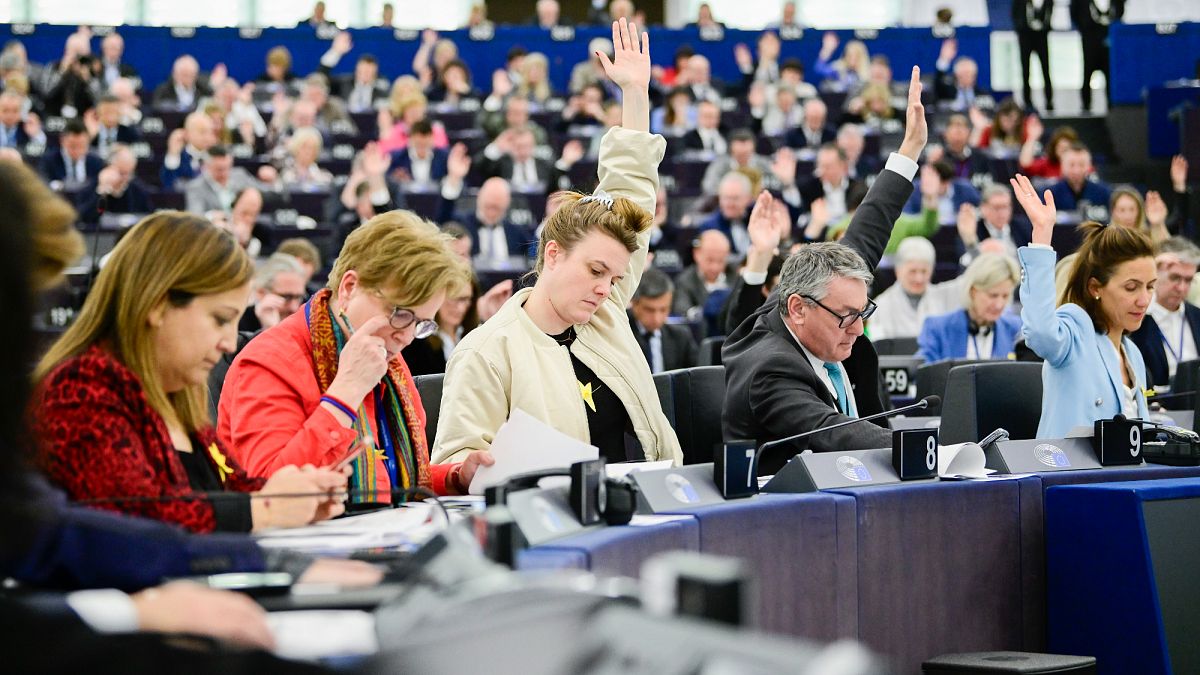
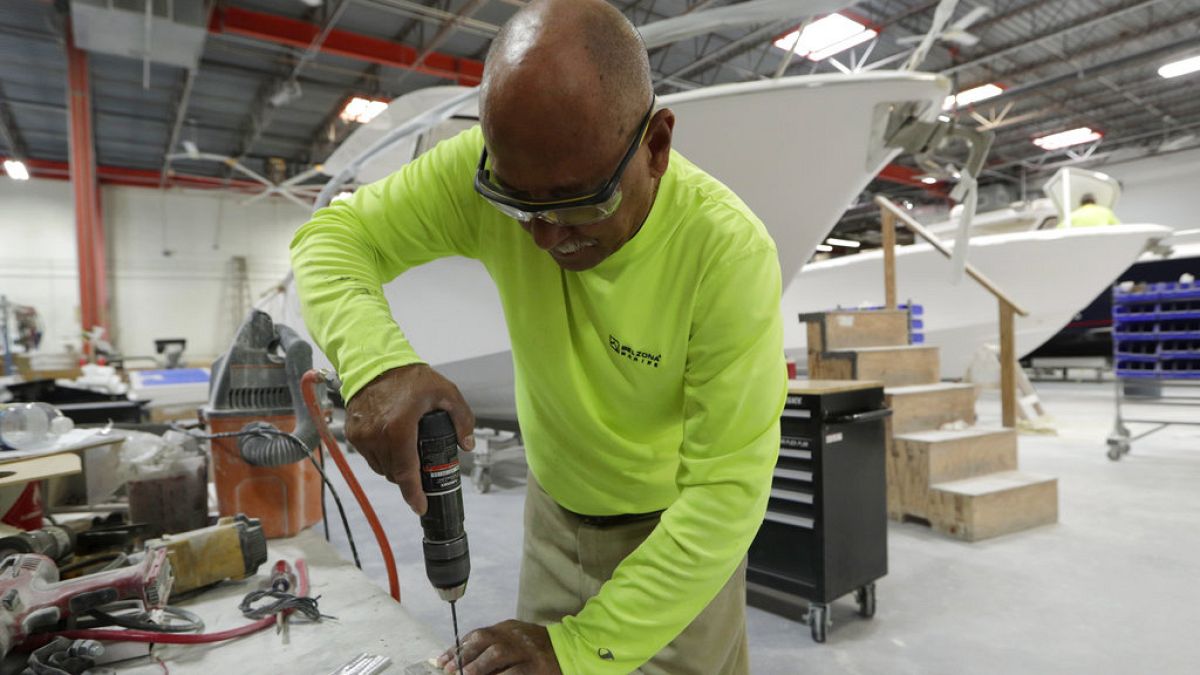
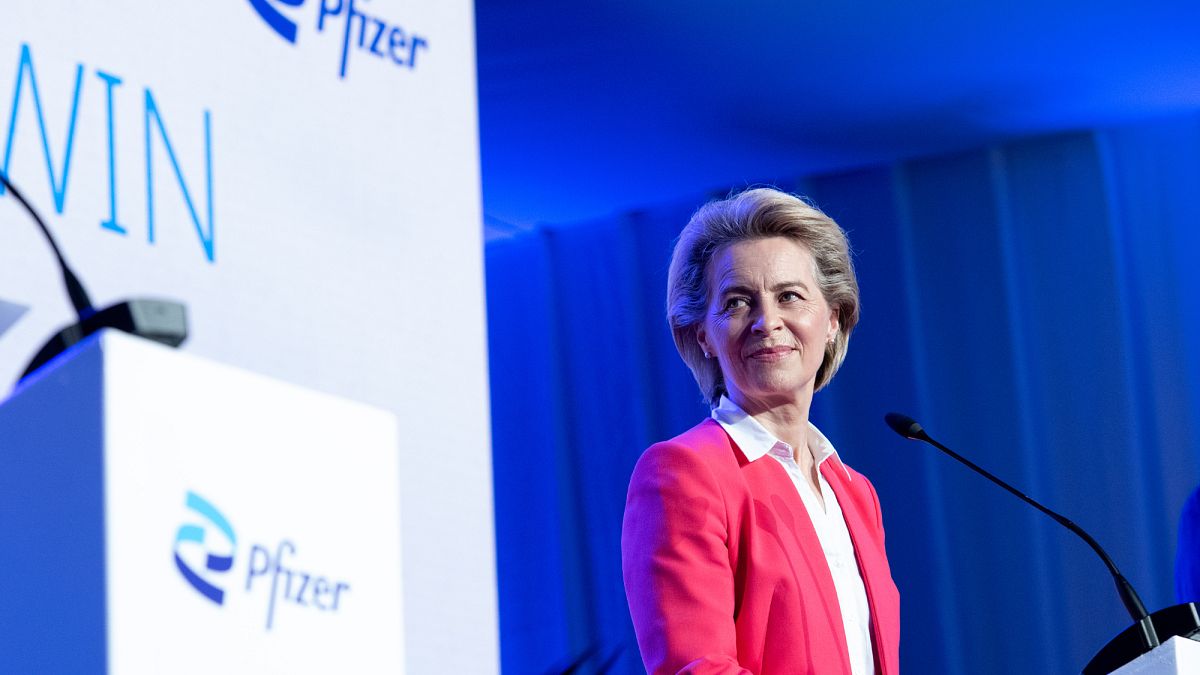
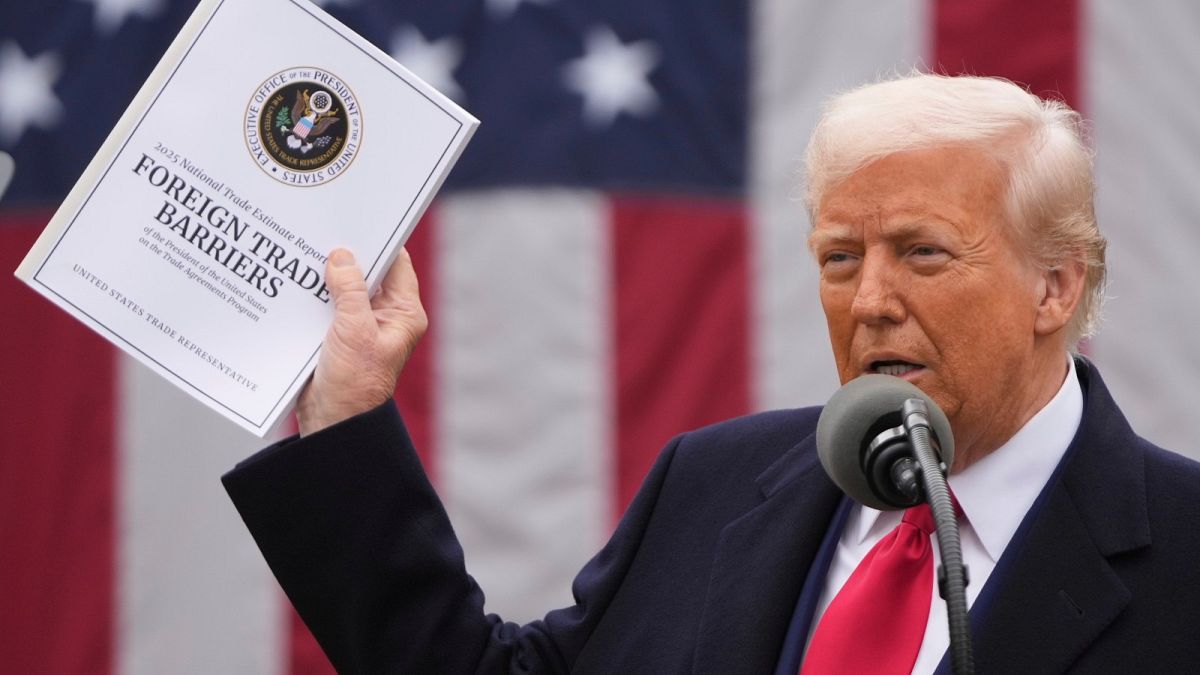
 We deliver critical software at unparalleled value and speed to help your business thrive
We deliver critical software at unparalleled value and speed to help your business thrive

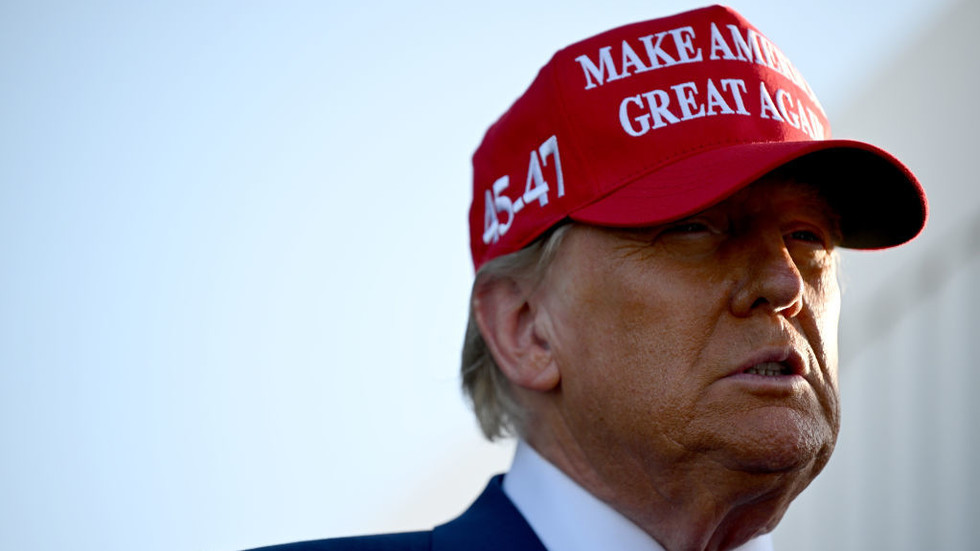
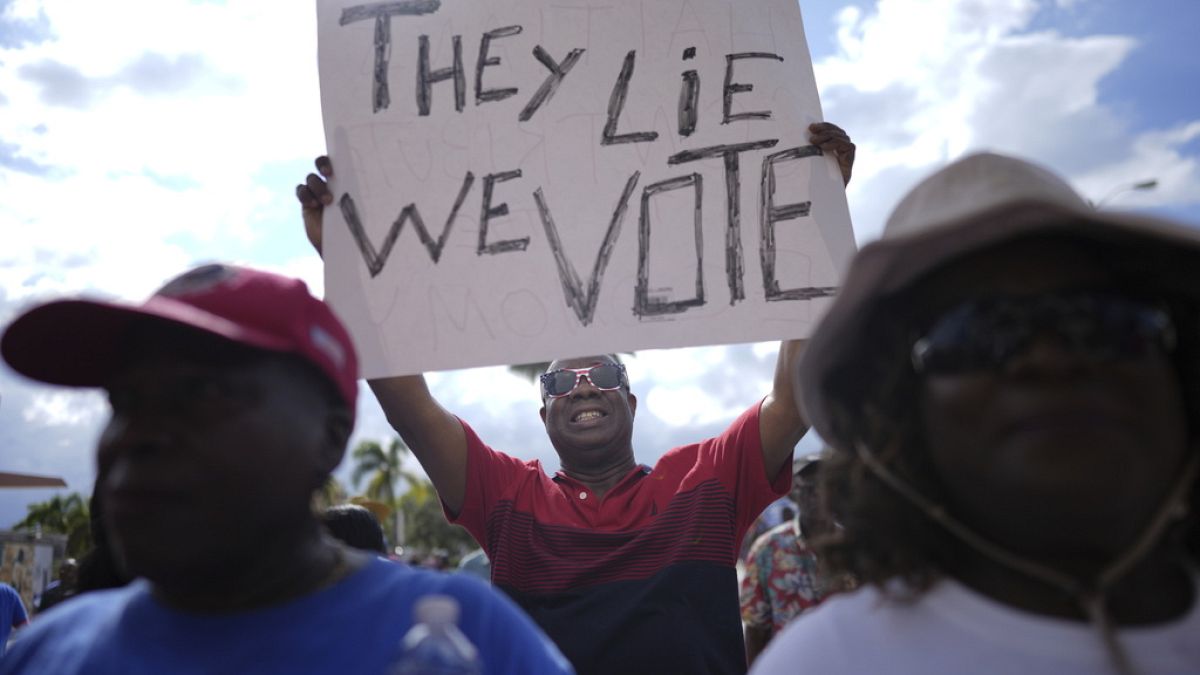
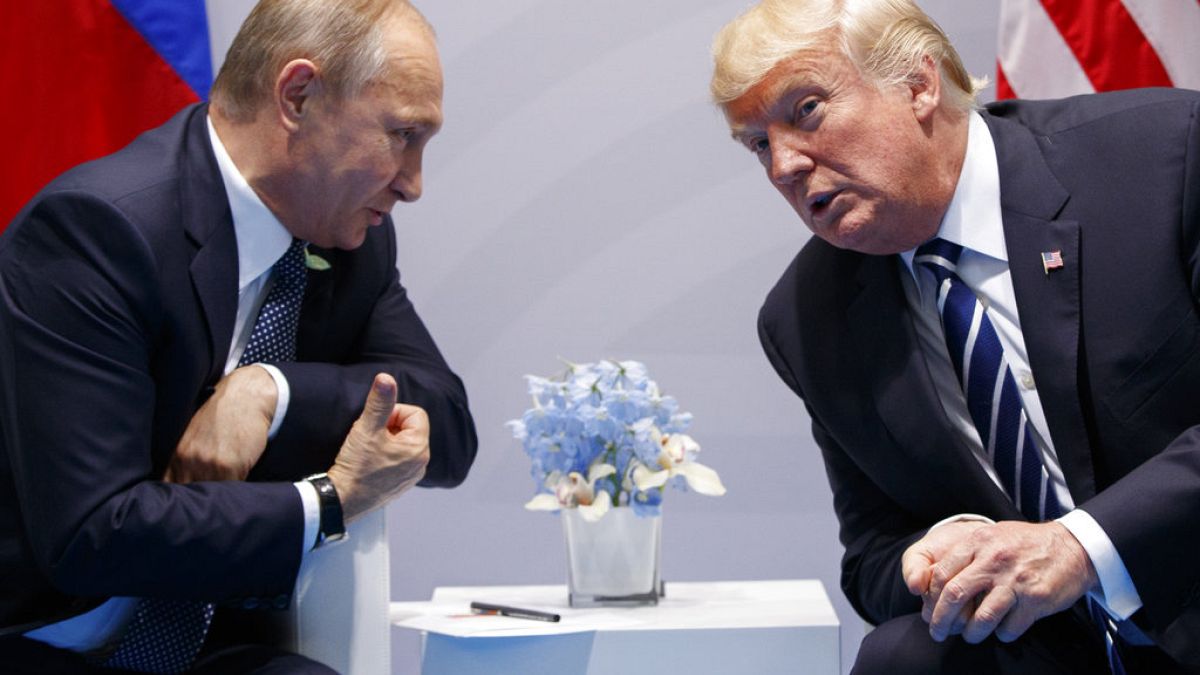
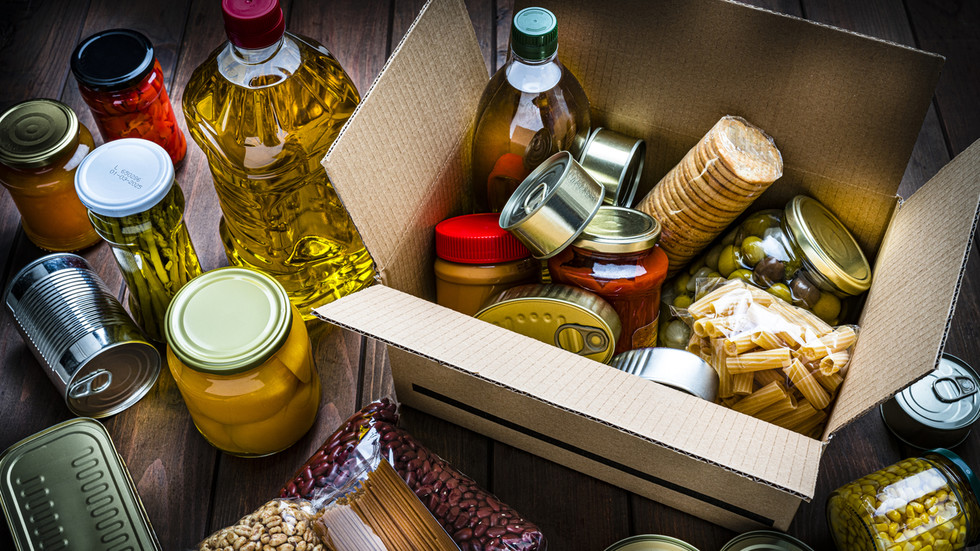

 English (US) ·
English (US) ·